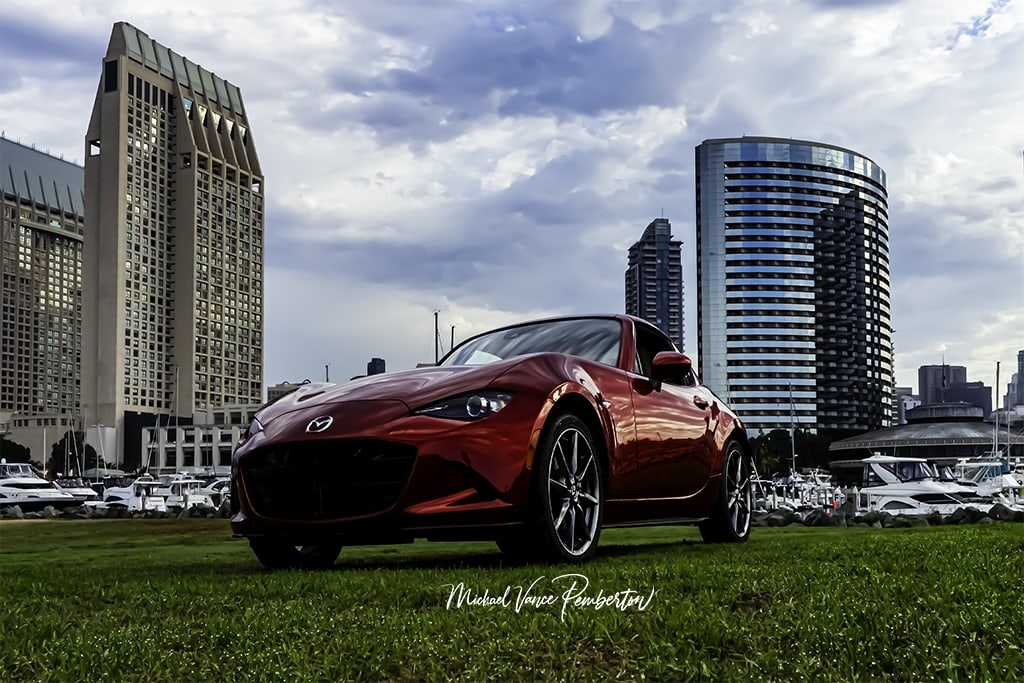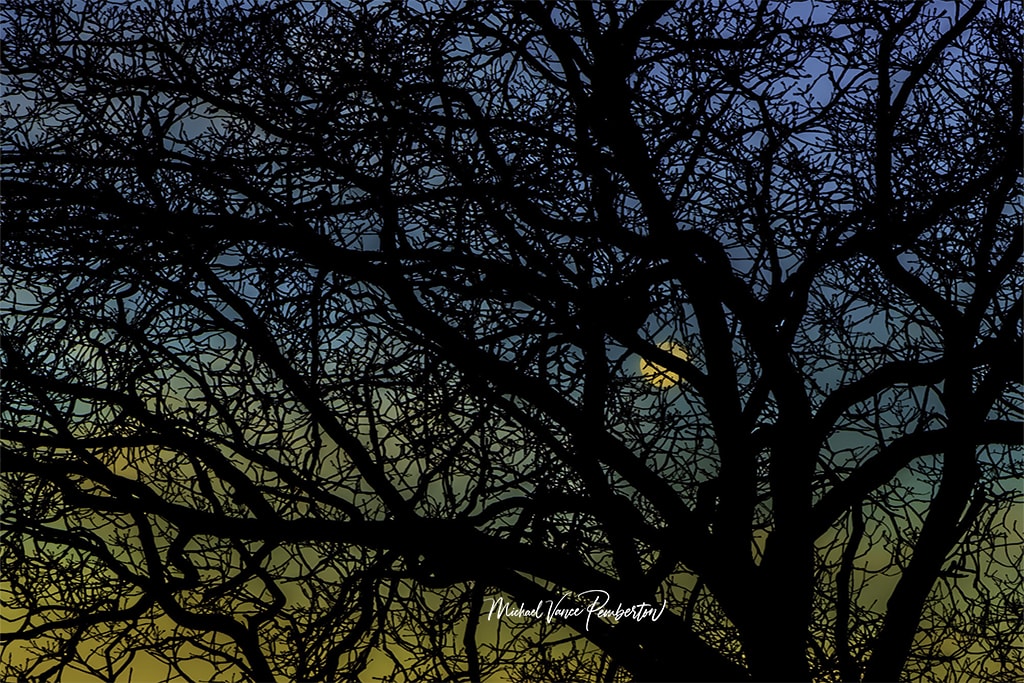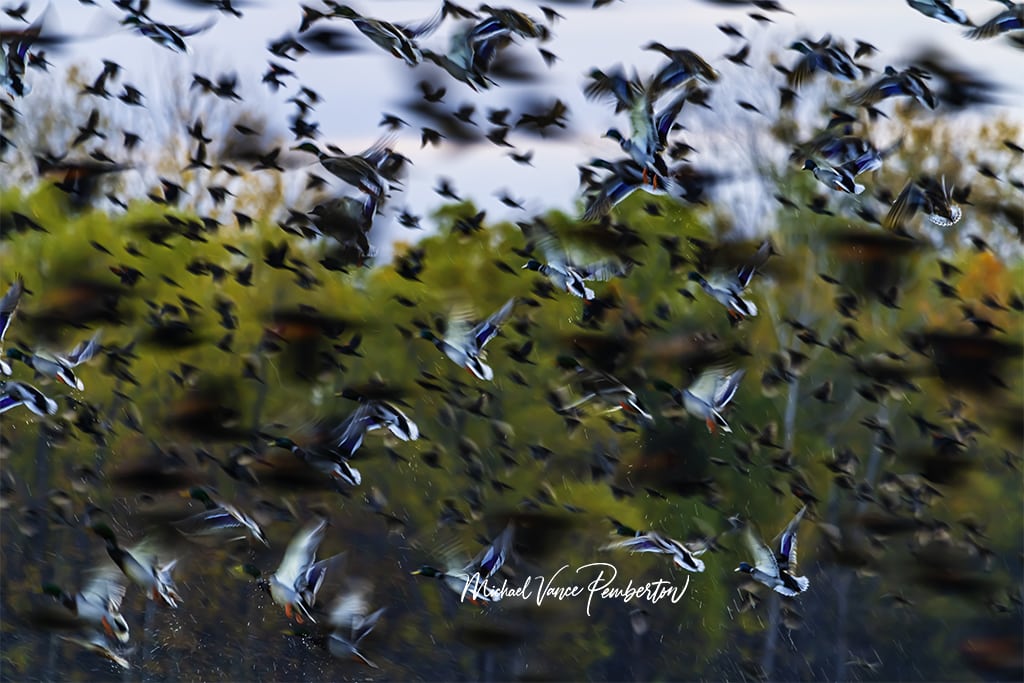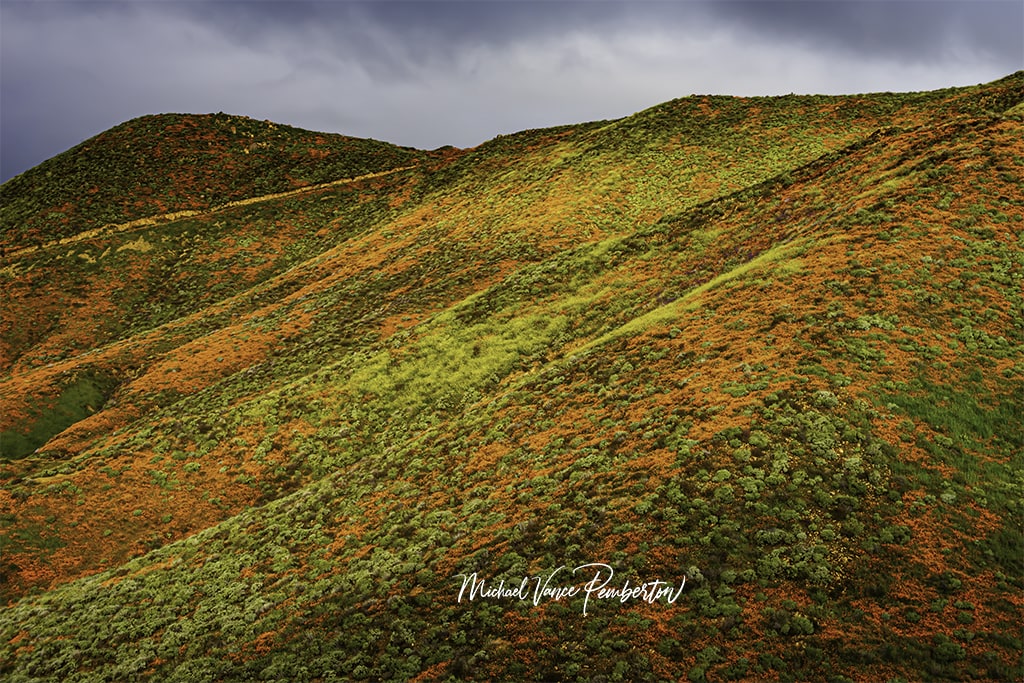
In today’s visually-driven world, the demand for skilled photo editors has never been higher. From magazines and advertising campaigns to social media platforms and personal portfolios, captivating images convey messages and evoke emotions. Behind these stunning visuals lies the expertise of professional photo editors with a unique blend of artistic flair and technical prowess. If you’re drawn to the world of photo editing and aspire to turn your passion into a profession, here’s a comprehensive guide on how to embark on becoming a professional photo editor.
1. Develop a Solid Foundation:
Just as a building needs a strong foundation, a photo editor’s journey starts with a solid understanding of the fundamentals of photography.
Photography and photo editing are inextricably linked, much like the blueprint and construction of a building. Just as a well-constructed building requires a solid foundation to stand the test of time, a proficient photo editor needs a firm grasp of photography’s core principles to craft visually compelling narratives. This foundation provides the essential knowledge to transform raw images into captivating masterpieces that resonate with viewers.
Familiarize yourself with composition, lighting, color theory, and visual storytelling concepts.
Composition: Understanding the principles of composition is like knowing how to arrange the building blocks of an image. Learn about the rules of thirds, leading lines, symmetry, and balance. Compositional techniques guide the viewer’s eye and evoke specific emotions, allowing you to make deliberate choices during editing.
Lighting: Lighting is photography’s cornerstone. It’s akin to the foundation of a building, providing stability and structure. Grasp the nuances of natural and artificial lighting, their impact on mood and aesthetics, and how they shape the subject. This understanding enables you to accentuate highlights, shadows, and textures during editing.
Color Theory: Colors set an image’s tone and mood, much like a building’s color palette sets its atmosphere. Explore color harmonies, contrasts, and psychology. Understanding color theory helps you enhance or alter the mood of a photo, invoking emotional responses from your audience.
Visual Storytelling: Just as a building tells a story through its architecture, an image narrates a tale through visual elements. Dive into visual storytelling by studying how images convey messages, emotions, and narratives. Learn to edit in a way that aligns with the intended story, whether it’s a dramatic landscape, a candid portrait, or a vibrant fashion shoot.
Study different photography genres to understand the diverse editing styles required for landscapes, portraits, fashion, and more.
Photography genres are like the various architectural styles of buildings; they require distinct design approaches. Delve into different photography genres to comprehend the unique demands of each. Analyze landscape photography to understand how to enhance the grandeur of nature, explore portrait photography to grasp the nuances of skin retouching and expression enhancement, and dive into fashion photography to learn techniques for color correction and fabric detailing.
By immersing yourself in diverse genres, you gain a multifaceted skill set. This knowledge allows you to adapt your editing style to suit the aesthetics and intentions of various photographers and projects. Just as a skilled architect can design anything from a minimalist home to an ornate cathedral, a proficient photo editor can finesse images ranging from serene landscapes to high-fashion spreads.
In essence, as the foundation of a building provides the stability necessary for architectural wonders, a thorough understanding of photography’s fundamentals is the cornerstone of a successful photo editing career. With this knowledge, you’re equipped to transform ordinary images into extraordinary visual narratives, much like a skilled architect turns raw materials into breathtaking structures that stand the test of time.

2. Acquire Technical Skills:
Proficiency in photo editing software is non-negotiable. Adobe Photoshop and Adobe Lightroom are industry standards, offering a plethora of tools to enhance, retouch, and manipulate images.
The digital darkroom is where the magic happens in modern photography and visual storytelling. Just as a painter wields a brush, a professional photo editor wields software like Adobe Photoshop and Adobe Lightroom to transform ordinary photographs into extraordinary works of art. These software giants have become synonymous with photo editing due to their comprehensive toolsets that cater to every facet of the editing process.
Invest time learning these tools inside out, exploring their functions and capabilities.
Imagine these software programs as vast, unexplored landscapes with hidden treasures waiting to be discovered. To navigate these digital realms, you must embark on a journey of discovery. Dedicate time to dive deep into the functionalities of Photoshop and Lightroom. From basic tasks like cropping and color correction to advanced techniques like frequency separation and layer masking, each tool has a specific role in enhancing and refining images.
Online tutorials, courses, and practice projects can be beneficial in building your technical expertise.
As a traveler relies on a map to navigate uncharted territories, aspiring photo editors can use online resources to master this complex software. Countless tutorials, courses, and guides are available across various platforms, enabling you to learn from seasoned professionals and industry experts. These resources provide step-by-step instructions, practical examples, and valuable insights that demystify the intricate features of Photoshop and Lightroom.
Embarking on practice projects is akin to taking a hands-on expedition. Apply the techniques you’ve learned to natural images, experimenting with different tools and settings. This practical experience is essential for cementing your understanding and gaining the confidence to tackle various editing challenges.
But remember, proficiency is not built overnight. It’s a patient and persistent process of learning, practicing, and refining your skills.
As you delve deeper into the capabilities of Photoshop and Lightroom, you’ll discover that their potential is virtually limitless. From subtle adjustments that breathe life into portraits to intricate manipulations that transport landscapes into fantastical realms, these tools empower you to explore your creative boundaries.
Mastering photo editing software like Adobe Photoshop and Lightroom is crucial to becoming a professional photo editor. Just as a sculptor perfects their technique with every chisel and stroke, you’ll refine your craft with every adjustment layer and brush stroke. So, dive into these software programs with enthusiasm and curiosity; they are the virtual studios where your artistic visions come to life.

3. Grasp the Art of Editing:
Photo editing is not just about adjusting sliders and filters; it’s an art form that requires a discerning eye and creative sensibility.
In photography and visual storytelling, photo editing stands as a bridge between the mundane and the extraordinary. It’s not merely a mechanical process of tweaking settings; it’s a symphony of creativity and technical finesse. A photo editor’s role transcends the realm of software and tools – it’s about wielding a virtual brush to paint emotions, craft narratives, and evoke reactions.
Understand the principles of visual aesthetics, such as balance, contrast, and symmetry.
Imagine a painter standing before a blank canvas, meticulously considering the interplay of colors, shapes, and lines. Similarly, a skilled photo editor approaches an image with an understanding of visual aesthetics. Balance, the distribution of elements to create harmony; contrast, the juxtaposition of light and dark for drama; symmetry, the mirroring of elements for a sense of order – are the building blocks of visual composition.
As a photo editor, your canvas is the photograph, and your palette is an array of editing tools. But like a painter, you wield these tools to mold the viewer’s experience, dictating where the eye travels and how emotions are stirred.
Learn how to apply these principles to transform ordinary images into captivating works of art.
In the hands of a masterful photo editor, an ordinary image becomes a stage for storytelling. Take a portrait: An artful contrast adjustment might intensify the subject’s gaze, drawing viewers into their emotions. Skillful balancing of colors could shift the mood from somber to vibrant, altering the narrative entirely.
Consider a landscape: a keen understanding of symmetry could create a sense of calm, while strategic manipulation of lighting might enhance the drama of a stormy sky. Every brushstroke – or, in this case, every adjustment layer – contributes to the overall composition, much like a painter’s every stroke shapes the final masterpiece.
But just as a painter must learn brush techniques and color theory, a photo editor must master editing software and techniques. The harmonious marriage of technical knowledge and artistic intuition allows you to orchestrate symphonies of visual delight.
In essence, photo editing is a transformational art. It’s the craft of imbuing life into pixels, elevating the ordinary to the extraordinary. By embracing the principles of visual aesthetics and channeling your creative sensibility, you can wield the power of photo editing to enhance images, tell stories, evoke emotions, and create lasting impressions.

4. Develop Your Style:
Every successful photo editor has a signature style that sets them apart.
In the diverse universe of photo editing, individuality shines as a beacon of distinction. Just as a fingerprint is unique to each person, a photo editor’s signature style is a visual imprint that sets them apart. The artistic DNA distinguishes their work and leaves a lasting impression on anyone who views it. This personal touch isn’t just a stylistic choice; it’s a statement of creative identity.
Experiment with different editing techniques to discover your own unique approach.
Imagine a chef experimenting with various ingredients, spices, and cooking methods to craft a signature dish. Similarly, photo editor embarks on an artistic culinary journey, combining different editing techniques to create a distinctive flavor in their work. You uncover many possibilities through experimentation – from delicate tonal adjustments to bold color shifts, from intricate textures to sweeping compositions.
This exploration process isn’t just about technical experimentation but tapping into your intuition and artistic instincts. Allow your curiosity to guide you through uncharted territories, discovering unexpected synergies between tools and effects. With every experiment, you’ll inch closer to unveiling your unique style that resonates with your personality and creative vision.
Whether you prefer vibrant and bold edits or subtle and muted tones, your distinct style will become your calling card in the industry.
Imagine walking through an art gallery and recognizing a painting by your favorite artist before even reading the signature. This recognition is born from the artist’s distinct style – a fusion of colors, brushstrokes, and perspectives that create an unmistakable visual identity. Similarly, a photo editor’s style becomes a calling card that prompts viewers to say, “Ah, this must be the work of [your name].”
Whether you’re drawn to vivid and dynamic edits that burst with energy or find beauty in soft, understated tones, your style becomes your hallmark. The consistency in your choices – the way you handle light, the mood you evoke, the emotions you amplify – brands your work as uniquely yours. This style is what clients seek when they’re drawn to your portfolio, and it’s what they remember when they’re looking for an editor to bring their visions to life.
In essence, your signature style is the culmination of your artistic journey. It represents your growth, preferences, and willingness to challenge conventions. As you weave your personal touch into each image you edit, you’re not just creating visual masterpieces; you’re crafting a legacy that echoes through the corridors of the artistic world. Your style is the language through which you communicate your perspective, making you an indispensable and remarkable presence in photo editing.

5. Seek Feedback and Learn:
Constructive criticism is invaluable for growth.
Just as a gardener prunes a plant to encourage healthier growth, a photo editor benefits from constructive criticism to nurture their artistic development. Feedback is the nourishment that fosters improvement, a mirror that reflects your work from fresh perspectives. Embracing criticism with an open mind isn’t a sign of weakness; it’s a testament to your dedication to continuous enhancement.
Share your work with peers, mentors, or online communities to receive feedback.
Imagine an artist presenting their work to a circle of fellow creators, seeking insights illuminating new angles. In the world of photo editing, this camaraderie exists both offline and online. Sharing your work with peers, mentors, or virtual communities exposes you to diverse viewpoints. Constructive criticism from different sources provides a well-rounded evaluation, helping you see your work through others’ eyes.
Your mentors, experienced editors, or seasoned photographers offer wisdom forged through years of practice. Their guidance is like a treasure map leading you to creative riches. Online communities, on the other hand, provide a global platform for collaboration, learning, and growth. They’re spaces where you exchange knowledge, share experiences, and receive feedback from like-minded enthusiasts worldwide.
Be open to suggestions and use them as stepping stones to refine your skills.
Picture yourself as a sculptor molding clay into a masterpiece. Constructive criticism is the artisan who points out where your sculpture could be more refined or where the proportions might need adjustment. Rather than resisting this guidance, embrace it. Each suggestion is a stepping stone toward honing your craft. It’s an opportunity to elevate your work beyond what you could achieve alone.
Be open to revisiting your edits armed with the insights gained from feedback. You might discover alternate approaches that hadn’t occurred to you, breathing fresh life into your work. Embrace the iterative nature of the creative process, understanding that growth often arises from collaboration and a willingness to adapt.
Continuous learning is crucial in this ever-evolving field, so stay updated on the latest trends, techniques, and software updates.
Imagine a river that constantly flows, shaping the landscape over time. Similarly, the world of photo editing is in a perpetual state of flux. New trends emerge, techniques evolve, and software updates introduce game-changing features. To remain at the forefront of this dynamic field, you must be a lifelong learner.
Dedicate time to staying informed about the latest developments. Attend workshops, webinars, and conferences to immerse yourself in the cutting edge of photo editing. Follow industry experts, read blogs, and explore tutorials on innovative techniques. By embracing continuous learning, you ensure your skills remain relevant and adaptable to the ever-changing demands of the photography and editing landscape.
Constructive criticism, shared with humility and received with an open heart, catalyzes growth. It fuels your journey from novice to virtuoso, shaping your unique identity as a photo editor. Engaging with peers, mentors, and online communities and maintaining a commitment to learning create a resilient foundation for your craft in an ever-evolving world.

6. Build a Diverse Portfolio:
A well-curated portfolio is your visual resume.
Imagine a gallery showcasing an artist’s life’s work, a testament to their skills, style, and evolution. In photo editing, your portfolio is your equivalent of this gallery – a meticulously curated collection that communicates your expertise, artistic vision, and versatility. This visual resume becomes the first glimpse that potential clients or employers have into your capabilities, making it a pivotal tool in securing opportunities.
Showcase a range of edited images that highlight your versatility and expertise.
Just as a versatile actor can convincingly portray various characters, a skilled photo editor can seamlessly transform diverse images. Your portfolio should read like a symphony, playing different notes of your capabilities. Showcase images from various genres – landscapes, portraits, products, events – to demonstrate your adaptability. Each image should be a testament to your ability to understand and enhance the unique qualities of different subjects.
Include before-and-after examples to demonstrate the transformative power of your editing skills.
Consider a magician revealing their tricks; showcasing before-and-after images is your magic reveal. These visual narratives unveil your editing process, showcasing the metamorphosis from a raw, unprocessed photo to a polished masterpiece. It’s a powerful demonstration of your editing prowess and the impact you can have on images. Potential clients can witness your ability to turn the ordinary into the extraordinary, and your potential employers can gauge the depth of your skills.
Tailor your portfolio to reflect the type of clients or projects you aspire to work on.
Think of your portfolio as a tailored suit, expertly crafted to fit a specific occasion. Just as a formal event requires a different attire than a casual outing, your portfolio should be tailored to match your aspirations. If you dream of working with fashion brands, include fashion-centric edits. If your sights are set on architectural photography, showcase your prowess in transforming building exteriors into architectural marvels. This alignment sends a clear message to potential collaborators that you possess the skills and vision for their projects.
Your portfolio serves as a canvas on which you paint your professional narrative. Every image, every choice, and every arrangement forms a cohesive story that speaks to your journey and ambition. As you meticulously select and arrange your portfolio pieces, envision inviting others to step into your creative world, where every pixel is a testament to your dedication and expertise.
A well-curated portfolio is more than a collection of images; it’s a window into your artistry and capabilities. It’s a tangible representation of the path you’ve traversed and your direction. By showcasing a diverse range of edits, incorporating before-and-after transformations, and aligning with your aspirations, your portfolio becomes a powerful tool that opens doors to collaborations, projects, and recognition within the dynamic world of photo editing.

7. Collaborate and Network:
Networking is a powerful tool for any professional.
Imagine a vast interconnected web where each thread represents an opportunity waiting to be woven. Networking is weaving these threads into a tapestry of connections that can shape your career. In photo editing, where collaboration and exposure are paramount, networking becomes essential in your professional toolkit. The key unlocks doors, introduces you to like-minded individuals, and positions you for growth.
Attend photography exhibitions, workshops, and industry events to connect with photographers, other editors, and potential clients.
Consider these events as gatherings of kindred spirits – a convergence of individuals who share your passion and pursuits. Photography exhibitions, workshops, and industry events are fertile grounds for connecting with people who inhabit your professional universe. Photographers provide the raw material, fellow editors offer insights, and potential clients hold the promise of collaboration.
At these gatherings, engage in conversations that transcend small talk. Share your experiences, listen to others’ stories, and exchange ideas. These interactions build relationships and lay the foundation for future collaborations. As you connect with photographers, you might discover their images that perfectly align with your editing style. Similarly, mingling with other editors can lead to knowledge sharing, mutual support, and even co-editing opportunities.
Building relationships can open doors to collaborations and job opportunities.
Networking is like planting seeds in a fertile garden. As you nurture these relationships, they grow into collaborative ventures and opportunities. Your discussions with photographers might spark the idea for a joint project, where your editing and their photography converge to create something exceptional. Editors you meet might refer you to projects they can’t take on, paving the way for your professional advancement.
Through networking, you’re building a network of advocates who vouch for your skills and character. This network becomes a repository of opportunities that might not have crossed your path. When photographers, editors, and potential clients recognize you as a reliable and skilled professional, they’re more likely to consider you for future collaborations, freelance gigs, or full-time positions.
In essence, networking is about fostering genuine connections that transcend the transactional. It’s about building a community of professionals who support and elevate each other. So, approach photography events and workshops not just as opportunities to learn or exhibit but as platforms to build relationships that can shape your career trajectory. As you forge connections, remember that every handshake, conversation, and exchange of business cards is a step toward creating a vibrant tapestry of professional relationships that can lead to a richer and more fulfilling journey in the world of photo editing.

8. Embrace Continuous Improvement:
The journey to becoming a professional photo editor is a continuous one.
Picture your career as a never-ending quest, a captivating journey where each step brings new challenges, insights, and opportunities. Becoming a professional photo editor is not a one-time endeavor; it’s a perpetual odyssey of growth and evolution. Just as a river is in a constant flow state, your journey as a photo editor is marked by the fluidity of learning and adaptation.
Embrace challenges and push your creative boundaries.
Challenges are not roadblocks; they’re signposts guiding you toward growth. Imagine your creative boundaries as the edges of a canvas – expanding them requires a willingness to step into uncharted territory. Challenges, whether complex editing requests or creative dilemmas offer opportunities to innovate and elevate your skills. Each time you stretch beyond your comfort zone, you emerge with a broader skill set and a deeper understanding of your craft.
Critique your own work objectively and strive for improvement with each project.
Imagine a sculptor refining their masterpiece, stepping back repeatedly to assess their progress. In the world of photo editing, self-critique is your chisel. It’s the ability to objectively evaluate your work, recognizing its strengths and improvement areas. With each project, strive not for perfection but for progress. Consider every project a stepping stone that leads you closer to your artistic zenith.
The ability to critique your work is an embodiment of humility. It’s a recognition that mastery is a destination you continuously approach but only partially reach. By acknowledging your room for growth, you open doors to relentless improvement.
As technology evolves, remain adaptable and willing to learn new tools and techniques.
Imagine technology as a swift river, sweeping forward with new tools and techniques. In this dynamic landscape, adaptability is your lifeboat. The world of photo editing is inseparable from technology, and as tools evolve, so must your skills. Embrace emerging software, explore novel techniques, and experiment with cutting-edge equipment. Each new device is a potential brushstroke in your expanding creative palette.
The spirit of adaptability extends beyond technical tools. As you navigate the ever-changing currents of the industry, remain open to new trends, artistic influences, and client preferences. Adaptation doesn’t dilute your style; it enriches it with fresh perspectives and contemporary relevance.
The journey to becoming a professional photo editor is a voyage of perpetual discovery. It’s about embracing challenges, transcending limits, and evolving with change. By critiquing your work and remaining open to adaptation, you’re not just navigating the journey but steering it toward a destination where your skills are finely honed, your creativity boundless, and your contribution to the visual world indelible.

9. Marketing and Self-Promotion:
To thrive as a professional, you need to market yourself effectively.
Imagine your talent as a hidden gem waiting to be discovered. Effective marketing is uncovering that gem, polishing it, and presenting it in a way that captivates your target audience. In photo editing, where visibility and recognition are vital, your ability to market yourself can spell the difference between being a hidden talent and becoming a sought-after expert.
Create a robust online presence through a website or social media platforms dedicated to showcasing your work.
In this digital age, your online presence resembles a billboard announcing your skills to the world. Establish a digital hub where your work takes center stage – this could be a personal website or social media profiles dedicated to your craft. Think of it as your virtual gallery, where potential clients, collaborators, and enthusiasts can immerse themselves in your portfolio.
A well-structured website or an engaging social media feed showcases your expertise and serves as a testament to your professionalism. Ensure your platform is user-friendly, visually appealing, and provides all the necessary information about your services. Think of it as an open invitation for visitors to enter your creative world.
Engage with your audience, share insights into your editing process, and let your personality shine through your online persona.
Imagine meeting someone at a party who displays their artwork and passionately discusses their techniques and inspirations. Your online presence should echo this enthusiasm. Engage with your audience by sharing insights into your editing process, providing behind-the-scenes glimpses, and offering valuable tips. This engagement not only showcases your expertise but also invites viewers to connect with you on a personal level.
Infuse your online persona with your authentic self. Let your personality shine through your interactions, captions, and content. People are drawn to genuine individuals, and your distinct voice can set you apart from the crowd. Whether witty, empathetic, or deeply analytical, let your personality become a memorable aspect of your online presence.
In essence, effective self-marketing is your spotlight in the bustling arena of photo editing. It’s about presenting your craft with pride, inviting others to appreciate your talent, and fostering connections beyond the pixels on the screen. By establishing a solid online presence, engaging with authenticity, and allowing your work to speak for itself, you’re not just marketing your skills – you’re weaving a narrative that draws people into your artistic journey and keeps them engaged for the chapters yet to unfold.

10. Pursue Opportunities:
Whether you’re interested in working for a photography studio, a publishing house, or freelancing, actively seek out opportunities.
Imagine yourself as an explorer seeking hidden treasures within the vast landscape of the photo editing industry. Opportunities are the gems waiting to be unearthed, and your proactive approach is the compass guiding you to them. In the multifaceted world of photo editing, whether your ambitions lie in a corporate setting, the realm of print, or the freedom of freelancing, actively seeking opportunities is your compass to success.
Apply for internships, entry-level positions, or freelance gigs to gain real-world experience and build your reputation in the industry.
Imagine an artist honing their craft through years of practice, each stroke contributing to the masterpiece they eventually create. Your journey as a photo editor parallels this process of gradual refinement. Whether taking your first steps or advancing further, real-world experience is your canvas.
Internships offer a valuable hands-on learning experience within established studios or agencies. They provide insight into industry workflows, exposure to different projects, and the opportunity to learn from seasoned professionals.
Entry-level positions within a photography studio or a publishing house offer a chance to immerse yourself in the industry. These roles allow you to contribute to larger projects, refine your skills under mentorship, and build a foundation for future growth.
On the other hand, freelancing offers a canvas of freedom where you’re the artist and the entrepreneur. It’s a space where you curate your projects, set your rates, and cultivate your brand. Freelancing not only hones your editing skills but also polishes your ability to manage client relationships and project timelines.
Throughout these experiences, you’re not just adding to your resume; you’re crafting a narrative of professional growth. Each opportunity is a stroke of your career brush, building a reputation based on your dedication, skills, and work ethic. As you learn from successes and setbacks, you evolve from an aspirant to an expert, armed with technical proficiency and industry wisdom.
Actively seeking opportunities is the proactive stance that propels you toward your photo editing aspirations. Whether you’re building bridges within established institutions or forging your path in freelancing, each opportunity contributes to your evolution. Embrace internships, entry-level positions, and freelance gigs as chapters in your professional journey, realizing that every step you take every project you complete, enriches your skills, your network, and your stature within the ever-evolving tapestry of photo editing.
In conclusion, becoming a professional photo editor demands a blend of technical mastery, artistic vision, and continuous growth. Building a solid foundation, honing your skills, developing a unique style, and actively pursuing opportunities can transform your passion for photo editing into a fulfilling and rewarding career. Remember, the art of photo editing is not just about enhancing images; it’s about telling stories, evoking emotions, and leaving a lasting impact on the visual world.


Recent Posts
In shadows cast by love's deceitful guise,He wandered blind, his heart the captive prize.Through realms unknown, where truth remained concealed,He followed trails of falsehood, unrevealed. Blinded...
Prepare to be amazed as the MCAS Cherry Point Air Show returns on May 11-12. This annual event, hosted by the Marine Corps Air Station (MCAS) Cherry Point in North Carolina, promises a weekend of...